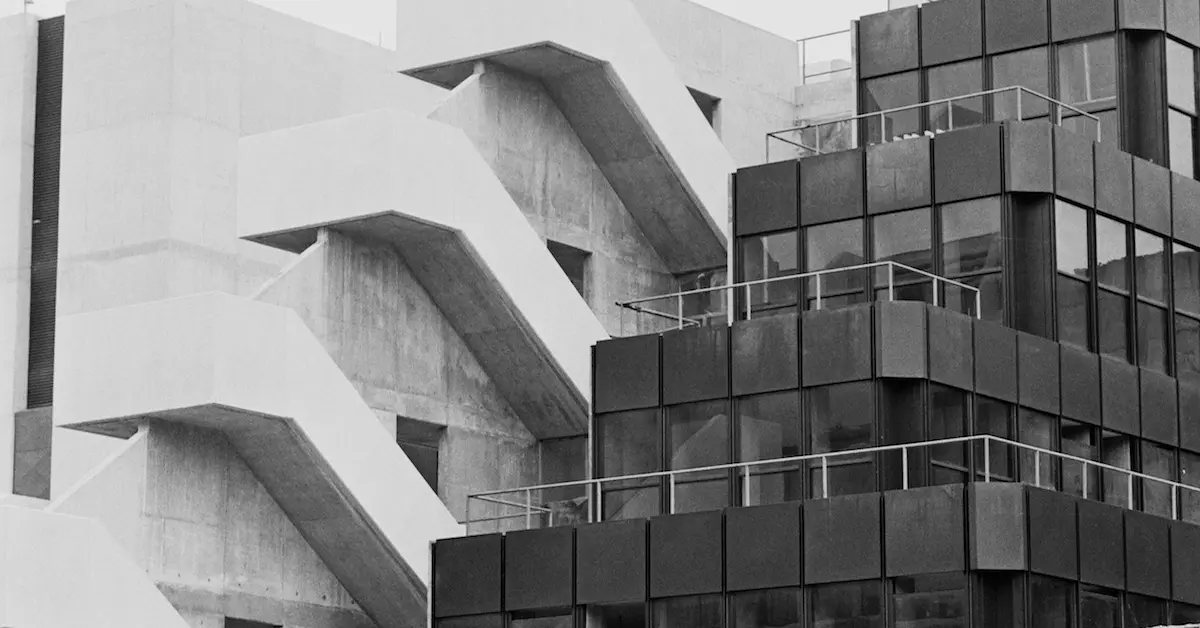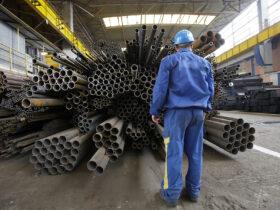Introduction
In a world increasingly conscious of environmental impact and sustainability, architecture has taken center stage in the global dialogue surrounding ways we can harmonize with our natural surroundings. “Eco-brutalism” emerges as a term that seemingly juxtaposes brutalist architecture’s raw, unpolished aesthetic with ecological, sustainable building practices. This powerful fusion advocates for more environmentally integrated designs while maintaining the boldness that brutalism is celebrated for. In exploring eco-brutalism, we delve into its origins, reconciliation with sustainable principles, and significance in contemporary and future architectural landscapes.
The Genesis of Eco-Brutalism
To understand eco-brutalism, one must first disentangle its roots: brutalism and ecological design. Brutalism, known for its stark, geometric forms and the raw, unfinished use of materials, mainly concrete, rose to prominence in the mid-20th century. It represented a departure from ornate designs, instead embracing functionalism and exposing the ‘guts’ of the building. Conversely, ecological design emphasizes a holistic approach, prioritizing environmental sustainability, resource conservation, and minimal harm to natural ecosystems.
The amalgamation of these two philosophies might appear contradictory at first glance. However, eco-brutalism evolved from this apparent contrast, creating a niche for aesthetically formidable and ecologically sensitive structures. The movement adapts brutalism’s honest expression of materials and structural elements to serve pro-environmental purposes, using advanced, sustainable technologies and integrating new insights from environmental science.
Reconciling Concrete with Green
One of the central challenges of eco-brutalism is reconciling the use of concrete, a staple in brutalist architecture, with sustainable practices. Concrete’s environmental footprint is substantial, primarily due to the carbon emissions associated with its production. However, eco-brutalism navigates this challenge innovatively. It leverages new formulations of concrete that reduce embodied carbon, utilizes recycled materials, and incorporates components that improve energy efficiency.
Moreover, eco-brutalist designs often feature green spaces and natural elements, softening the harshness typically associated with brutalism and providing biodiversity, biological cooling effects, and improved air quality. These buildings may also employ systems for rainwater harvesting, renewable energy sources, and passive solar design, significantly reducing their environmental impact while maintaining the architectural potency that characterizes brutalism.
Case Studies: Eco-Brutalism in Action:
Eco-brutalism isn’t purely theoretical; several buildings worldwide embody its principles. For instance, the “Eden Project” in the UK, with its massive Biomes housing thousands of plant species, is a testament to eco-brutalism. The complex’s bubble-like structures, made of ethylene tetrafluoroethylene (ETFE), sit on the landscape with a certain rawness reminiscent of brutalism. Still, their purpose is undeniably green, dedicated to educating and conserving global flora.

Another example is the “Fallingwater” by Frank Lloyd Wright. Although constructed before the term “eco-brutalism” was coined, it embodies the movement’s ethos. The building’s bold, cantilevered design directly integrates with the surrounding landscape, preserving the natural environment while showcasing a powerful, raw architectural form harmonizing with the setting.
The Aesthetics of Sustainability:
While eco brutalism prioritizes sustainability, its aesthetic aspect is equally vital. The style maintains the dramatic, evocative visual language of classic brutalism, using the expressive capability of raw materials, bold geometries, and structural honesty to create an emotional impact. However, it softens and enriches this language by integrating natural elements, colors, and textures. The result is a visually striking architectural form that speaks to both the power of human creation and the necessity of respecting and preserving the natural world.
Critiques and Controversies:
Despite its innovations, eco-brutalism has its critics. Some argue that the attempt to blend brutalism with eco-design needs to be revised, given concrete’s environmental impact and brutalism’s often inhospitable aesthetic. Others contend that while eco-brutalism buildings might achieve lower environmental footprints, they need to go further in addressing the urgent ecological challenges of our time.
However, proponents of eco-brutalism argue that the style represents an essential evolutionary step in architecture. By preserving the cultural and aesthetic values of brutalism while significantly mitigating its environmental impact, eco-brutalism bridges past and future architectural practices.
Future Perspectives:
Looking ahead, eco-brutalism presents exciting possibilities. Advancements in sustainable materials and construction technologies, such as carbon-neutral concrete or 3D printing, could further reduce eco-brutalist buildings’ environmental impacts. Moreover, as our understanding of ecosystems and climate change evolves, eco-brutalism can incorporate these insights to create structures that are less harmful to the environment and actively beneficial, contributing to local ecosystems, biodiversity, and environmental education.
In an era of climate change, resource depletion, and biodiversity loss, the principles of eco-brutalism offer a path forward for architecture that respects and integrates with the natural environment while maintaining the strength, expressiveness, and cultural continuity of traditional architectural forms. In this sense, eco-brutalism is a testament to the enduring power of human creativity and our growing recognition of the need to live in harmony with the world.

Conclusion
As a movement, Eco-brutalism challenges the notion that environmental sustainability in architecture equates to stylistic compromise. It symbolizes a daring approach to design, where the rawness of brutalism meets the nurturing essence of ecology, providing a comprehensive strategy that respects the planet. As we move forward in our architectural endeavors, the principles of eco-brutalism invite us to rethink our relationship with both the built and the natural environment, paving the way for a future where our structures echo the stone not just in their strength but also in their timeless harmony with the earth.
Also, Read The Following: basniãƒâ€žã‚â ky na dobru noc












Leave a Reply